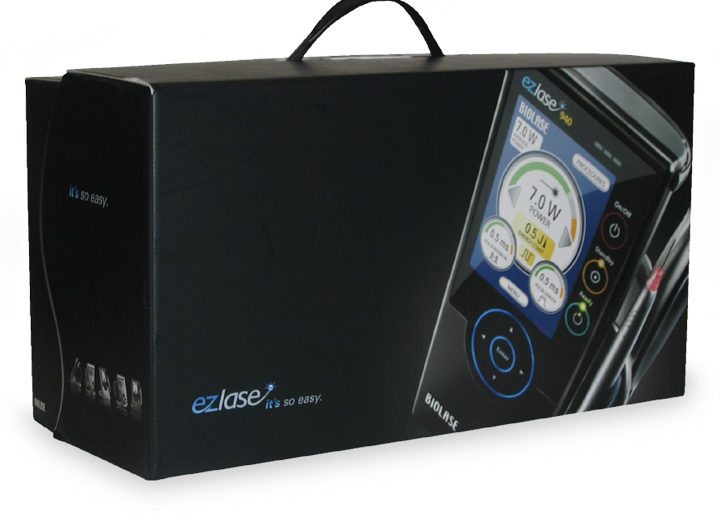CFO Proofing Your Marketing Budget
- Home
- CFO Proofing Your Marketing Budget

CFO Proofing Your Marketing Budget
Probably one of the most challenging tasks for any marketing leader is providing clear evidence that a marketing strategy and spend will be effective at driving in new customers. I have been through this process many times and can speak from experience that presenting a marketing budget to the CFO or senior leadership team is always filled with challenges. Why is that?
The challenge in validating budget allocation is because marketing efforts produce both qualitative and quantitative results. CFO’s prefer budgets that provide quantitative results that demonstrate a direct connection between dollars spent and new customers acquired. Unfortunately, there are very few categories within a marketing budget that give a perfect quantitative outcome. Marketing channels, such as earned media, PR, and brand development, to name a few, fall within the qualitative category and are very hard to connect money spent to customers acquired.
Improve your marketing spend – today!
Leverage our marketing consulting to build a CFO proof marketing budget that gets results!
So, is the answer to eliminate all qualitative categories in favor of quantitative? Short answer, NO!
Items like earned media have incredible consumer value, and any marketing leader would be irresponsible to eliminate or reduce it. Earned media, blogs, organic social, and other content types drive potential customers down the buyer journey. Providing valuable product or service information in the “education phase” of the buyer journey is vital to assisting customers in making informed decisions. These marketing channels are essential in driving SEO (search engine optimization) and, eventually, web traffic.
Solution: The 70/30 Marketing Budget Principle™
The 70/30 marketing budget principle™ recommends constructing your marketing budget with 70% Firm Channel allocations that can provide quantitative results by quarter and 30% Soft Channel allocations that deliver quantitative results and evaluated on a 12 to 18-month cycle.
Firm Channel
Digital Marketing: Pay Per Click (PPC) – Google Display Network (GDN), Paid Social, Website and Email
Event Marketing: Trade Shows, CEO Breakfasts, and Road Shows
Traditional Marketing: Paid Media (paid articles and advertisements), Direct Mail, TV, Radio
Your CFO will love Firm Channel allocations because they provide statistical performance data and can be measured daily, in most cases. Although there is a collection of third-party software products that measure customer engagement, there are still potential gaps in identifying clear correlations between marketing spend and marketing qualified lead (MQL).
Soft Channel
Content Marketing: Earned Media, PR, Data Visualization (Infographics/Charts), Blogs, Articles, and Whitepapers.
Brand: Logo and Brand Development, Community Outreach & Cause Marketing
Environmental: Billboards, Transit, Airport
Marketing Systems: Web Hosting, Hubspot (CRM), Outreach IO (Sales Support), ON24 (Webinar Platform) Youtube/Vimeo, Getty Images & Subscriptions, etc.
Utilizing tracking codes and backlinks to specific pages on your branded website will improve engagement visibility. Still, Soft Channel allocations will always be challenging in gauging effectiveness, which is a concern, not for just the CFO’s, but also marketing leaders. Remember, we love to test levels engagement and continually improve messaging, imagery, offers, pricing, etc. to increase effectiveness and return on investment (ROI).
Content Drives Engagement and Leads
Creating new content can be a considerable portion of your marketing budget because creating valuable content is labor-intensive. We recommend either sourcing content experts inside your organization or developing a long-term relationship with a content agency that is beneficial to both parties. Developing valuable content can also be extremely time consuming, and many organizations struggle with producing timely content that leverages present-day topics and challenges. Make sure to build a comprehensive content calendar. Schedule weekly on the calendar, making sure to include webinars, email outreach, newsletters, blog posts, and articles (earned and paid). Finally, pay close attention to how particular offers, discounts, free trials, and content pieces drive customers forward in the buyer journey.
When you revisit your marketing budget at the end of Q2, consider utilizing the 70/30 Marketing Budget Principle™. Please discuss with your CFO or senior leadership team the 70/30 principle and listen to their feedback. Although it’s your budget, being open to feedback and alternative ideas will only enhance your thinking and decision-making and will go a long way toward improving cross-functional engagement and trust.
We hope this article was helpful and would love to assist you in building a budget plan that drives results.
Need help refining your marketing budget for 2020?
We're here to help.
Fill out the short form below, and be sure to write in the memo “marketing budget”.










